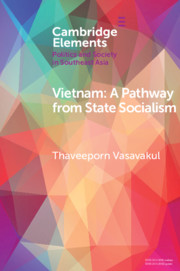Element contents
Vietnam
Published online by Cambridge University Press: 04 February 2019
Summary
Keywords
- Type
- Element
- Information
- Online ISBN: 9781108608312Publisher: Cambridge University PressPrint publication: 07 February 2019
References
- 39
- Cited by



